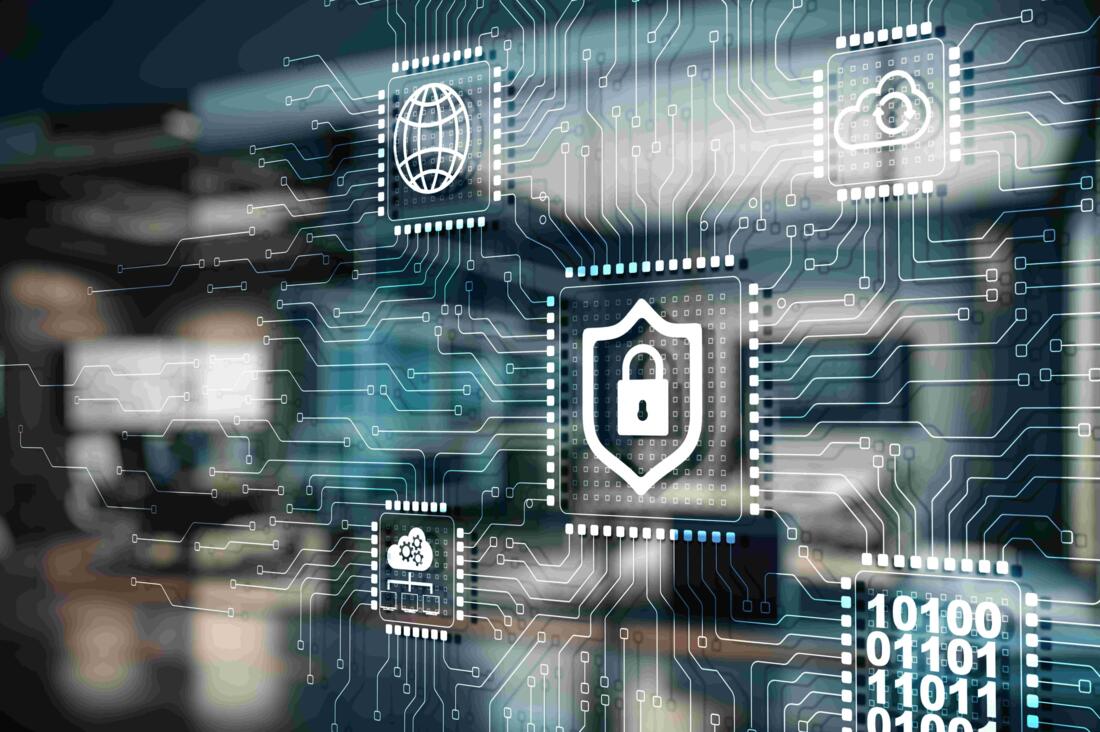Strong passwords are crucial for digital security. Use unique passphrases, avoid personal information, and consider password managers. Enable two-factor authentication for extra protection. Regularly update passwords and avoid using public Wi-Fi for sensitive accounts.
The Importance of Strong Passwords
In today's digital age, the importance of a strong password cannot be overstated. Many people believe their passwords are secure simply because they include a mix of letters, numbers, and symbols. However, this is not enough to ensure true security. Cybersecurity experts warn that common password practices, such as using easily guessable sequences or words related to personal information, can make your accounts vulnerable to attacks. Additionally, reusing passwords across multiple sites significantly increases the risk of your data being compromised.

Strengthening Passwords with Passphrases
To enhance your password security, start by using a passphrase instead of a simple password. A passphrase is a sequence of words or a sentence that is longer than the typical password, making it harder for hackers to crack but easier for you to remember. For example, "Time4Tea@Sunset!" is much more secure than "TeaTime123." Incorporate randomness and unpredictability into your passphrases to strengthen them further. Additionally, consider using a password manager. These tools generate strong, unique passwords for each of your accounts and store them securely, so you don�t have to remember each one.

Securing Accounts with 2FA
Another crucial step in securing your passwords is enabling two-factor authentication (2FA) wherever possible. This adds an extra layer of security by requiring not only a password and username but also something that only the user has on them, such as a physical token or a mobile phone notification. This means that even if someone does manage to get your password, they would still need the second factor to access your account. Regularly updating your passwords and avoiding the use of public Wi-Fi for accessing sensitive accounts can also help protect your personal information from cyber threats. By taking these steps, you can significantly enhance the security of your passwords and protect your digital identity.
Understanding the Risks of Weak Passwords
Weak passwords pose significant risks not only to individuals but also to organizations. Cybercriminals frequently exploit weak passwords to execute attacks that can lead to data breaches, identity theft, and financial loss. For instance, the use of default passwords on devices or applications can result in unauthorized access within minutes. Furthermore, organizations that suffer breaches often face reputational damage and loss of customer trust. Understanding these risks emphasizes the need for everyone to adopt stronger password practices, as the consequences of neglect can be severe and long-lasting across various sectors.
The Role of Education in Password Security
Education plays a vital role in promoting password security awareness. Many users lack a basic understanding of what constitutes a strong password and the potential dangers of poor practices. Training programs and workshops can equip individuals with the knowledge they need to create effective passwords and recognize phishing attempts. Additionally, organizations should implement regular security training sessions to keep employees informed about the latest cyber threats and best practices. By fostering a culture of security awareness, both individuals and companies can significantly reduce the risks associated with weak passwords and increase their overall cybersecurity posture.
The Importance of Regular Password Changes
Regularly changing passwords is a crucial aspect of maintaining security. It minimizes the risk of unauthorized access, especially if a password has been compromised without the user's knowledge. Experts recommend changing passwords at least every three to six months, depending on the sensitivity of the information protected. This practice becomes even more vital in the event of a data breach or if there’s reason to believe that a password may have been exposed. Furthermore, setting reminders or using password management tools can help users stay disciplined in changing their passwords regularly, thereby enhancing their overall digital security.
Recognizing Phishing Attacks and How to Avoid Them
Phishing attacks are a common tactic used by cybercriminals to steal passwords and personal information. They typically involve deceptive emails or messages that trick users into revealing sensitive data. To protect against such attacks, it's essential to be vigilant and recognize the signs of phishing. Look for suspicious URLs, unfamiliar sender addresses, and poor grammar or spelling in messages. Additionally, never click on links or download attachments from unknown sources. By educating yourself on how to identify phishing attempts, you can better safeguard your accounts and avoid falling victim to these malicious schemes that target unsuspecting users.
Password Management Tools: A Smart Solution
Using password management tools is one of the smartest ways to enhance your digital security. These applications not only generate strong, random passwords for each of your accounts but also store them securely in an encrypted format. This means you only need to remember one master password to access all your other passwords. Many password managers also feature additional security measures, such as automatic password changes and security audits, to identify weak or reused passwords. By leveraging these tools, individuals can simplify their password management while significantly reducing the risk of password-related breaches.
The Future of Password Security: Biometric Authentication
As technology evolves, so does the approach to password security. Biometric authentication methods, such as fingerprint scanning and facial recognition, are emerging as viable alternatives to traditional passwords. These methods provide a higher level of security by using unique biological characteristics that are difficult to replicate. Many smartphones and devices now incorporate biometric features, allowing users to unlock their devices or access accounts with a simple touch or glance. While no system is infallible, the integration of biometrics could potentially reduce the reliance on passwords, making it harder for unauthorized users to gain access to sensitive information.
AI-Assisted Content Disclaimer
This article was created with AI assistance and reviewed by a human for accuracy and clarity.